Preconceptions are everywhere. When I first mentioned to friends and colleagues that I would be attending a mobile tech conference in Barcelona many asked "are you going to run with the bulls or see the bull fights?" The truth is after spending nine days in Barcelona I barely saw any sign of anything to do with bulls. The famous bull run is actually in Pomplona -- over 300 miles away. We all have preconceived ideas of what characterizes a place or event. I can see how people might think that Barcelona was all about bulls considering that news stories coming out of the city over the last year heightened the city's bullfighting past. After 600 years, the last bullfight was held in 2011.
In reality Barcelona has much more to do with great food, amazing architecture and a rich history of art and culture. Major industry conferences can fall under similar assumptions. Attendees and the press can be overwhelmed by company campaigns financed by deep pockets all highlighting new product announcements. For example, Intel was very successful in parading Ultrabooks this year at CES in Las Vegas. And of course, Apple often trumps all other high tech conference buzz during their private event product announcements.
What I have started doing when I attend technology shows is to first approach the news making its way out before the event with a filter or what I like to call the mosaic approach. If you look at a famous Roman or Greek mosaic at a proper distance, you will see all that the artist intended. If you are too close you will only see individual tiles or a grouping within the main work of art, missing the story and context of the whole.
As our technology advances so does the clutter. Events like CES or Mobile World Congress can seem overwhelming with every company producing their own version of a phone, tablet or supporting service. Every variation of Android and screen size begins to blur your mind causing one to wonder how many will end up in landfills by next year's show.
As the MWC neared I watched Google Plus and Twitter streams closely to see what attendees were discussing as well as which companies were announcing interesting products. This year there seemed to be a unified agreement to avoid that pre-show. Not much was making it beyond a cluttered mass of press releases. Going into the show I was looking forward to seeing what Google had planned, hoping that Google Plus had organized something to show off what I had found to be the best connecting and sharing platform yet. I also was looking forward to seeing the Samsung Galaxy Note as well as what the larger players would be showing off as their "best" phones and tablets. I also had seamless technology at the top of my search. After all what good is all the advances in tech if we don't have integrated systems to make lives richer.
Once at the show I spent most of my time in the AppPlanet where our partner Intel had invited us to show off our own apps at the Intel AppUp Developer Program booth. Even though I admit as an app and game developer I might be biased, after four days of seeing new devices, AppPlanet ended up being the most interesting display of innovation and creative energy. In between my time in the booth I would wander the hall looking for something to catch my eye. What I found was a good collection of app developers and supporting services, many of which upstaged their top heavy industry-leader counterparts. The Apperian booth manned by some friends took innovation and creative growth to heart by starting their booth with blank white walls. As the week progressed they had an artist drawing an array of wires and chords inviting booth visitors to color in her outlines. The message was well executed. Innovation was a combination of the clients dreams matched with the developers skill and planned out framework and template.
I began to see this as my overarching take-away from the conference. For a while I have felt that while a well designed device and platform is critical, what we do with them is much more interesting and in the long run more important. We depend on companies like Samsung and Apple to make the hardware for us to create and execute remarkable art. Our art is anything that enriches business, education and play. Now as we are approaching what seems to be an apex of device overload, I believe we need to become more focused on innovative supports for that creativity.
The last day of the show I spent my time touring the halls looking for something to blow my mind. While I did find the Galaxy Note surprisingly very interesting and and Duracell's booth had me nearly reaching for my wallet to purchase their wireless charging pads, I ended up back at AppPlanet.
It was there in AppPlanet that I witnessed innovation enough to bring me back to Mobile World Congress next year, the WIP Jam. In the upper part of the hall developers ranging from very experienced to young students were collaborating, discussing and learning. It was there that companies were offering back. And from there will come great ideas that will be brought to life and eventually find their way to the hardware being displayed throughout the rest of the conference. Do you want to create the hardware or harness the potential of creativity and innovation? I think I know where I would rather be.
